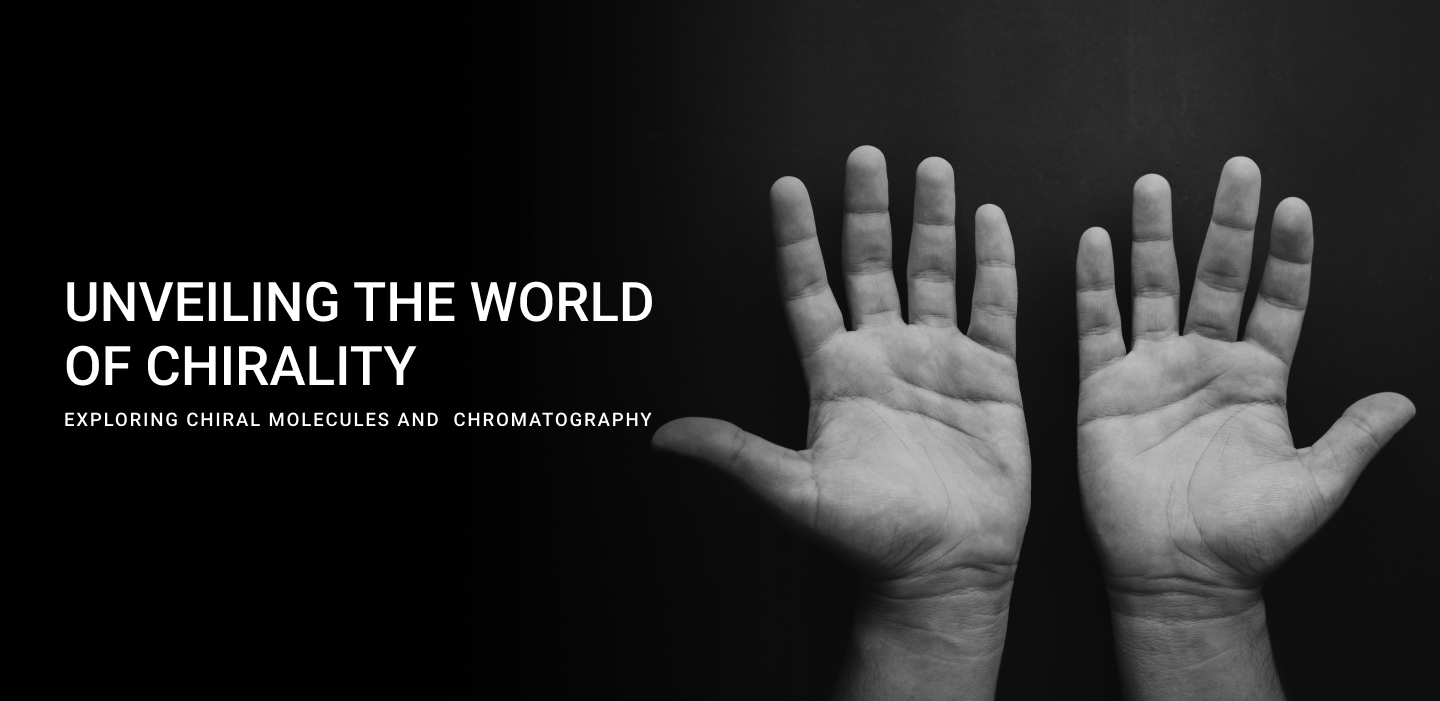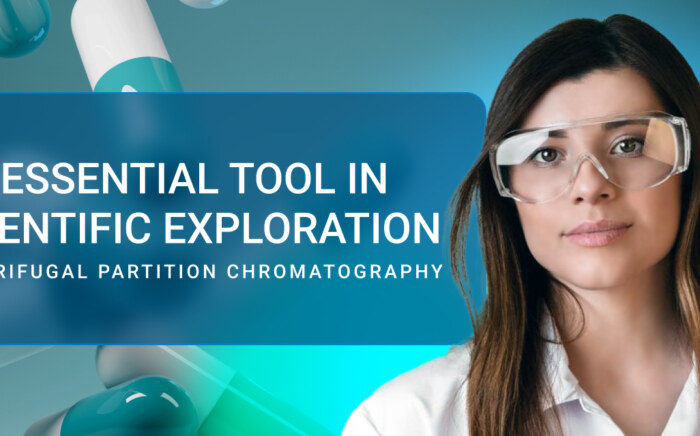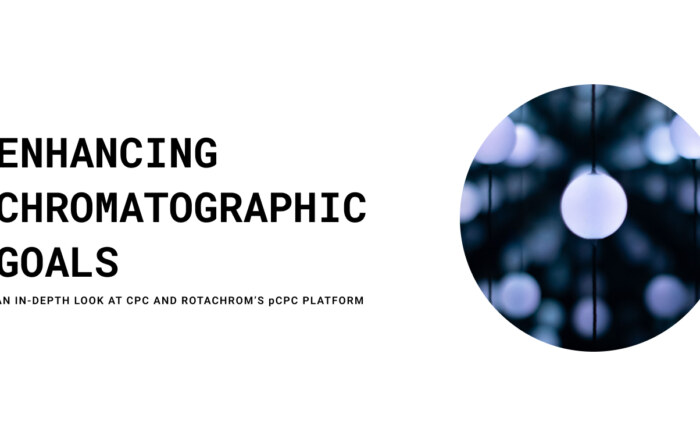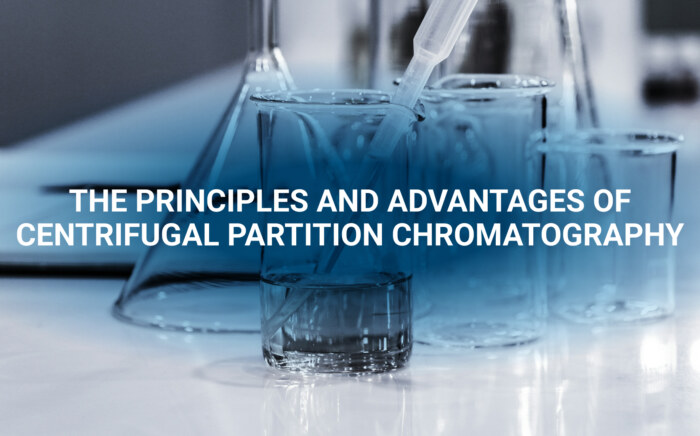Increasing separation efficiency by pH adjustment in Centrifugal Partition Chromatography
NewsChirality, the property of molecules that possess non-superimposable mirror images, plays a crucial role in various fields, from pharmaceuticals to fragrances. This article delves into the realm of chirality, exploring its significance and the specialized technique of chiral chromatography. With a focus on its applications in pharmaceuticals and industries dealing with flavors and fragrances, we uncover the complexities of chiral molecules and the powerful tools used to separate them.
Understanding Chirality
Chirality, observed in molecules that lack symmetry and resemble “handed” structures, is pervasive in nature. Essential in fields like pharmaceuticals, where drugs like ibuprofen and sweeteners like aspartame are chiral, understanding chirality is fundamental. Chiral molecules exhibit distinct properties depending on their “handedness,” leading to differences in physical and chemical characteristics, making their individual study crucial.
Chiral Chromatography
Chiral chromatography emerges as a vital technique for separating chiral molecules, leveraging their distinct properties. This method is particularly prevalent in pharmaceutical, food, and fragrance industries for purifying chiral drugs, flavors, and fragrances. Chiral chromatography involves applying a sample to a column with a chiral stationary phase, allowing the separation of chiral molecules based on their handedness.
Chromatographic Solutions for Chirality:
Various chromatographic methods are employed for purifying chiral molecules, each exploiting specific properties:
- Gas Chromatography: Separates chiral molecules based on volatility and affinity.
- Liquid Chromatography: Utilizes affinity for a stationary phase to separate chiral molecules.
- Capillary Electrophoresis: Separates chiral molecules based on charge and affinity for a buffer.
- Circular Dichroism: Separates chiral molecules based on their light absorption properties.
Challenges and Solutions in Chiral Chromatography
While chiral chromatography is a potent tool, challenges exist. The chiral stationary phases used can be expensive and complex to synthesize. Sensitivity to small changes in mobile phase or column conditions adds complexity. However, advancements in technologies, such as RotaChrom’s Industrial-Scale Centrifugal Partition Chromatography, have overcome these challenges. This innovative method, distinct from traditional approaches, enhances molecular separation precision, offering superior yield and purity while simplifying downstream development.
Applications and Future Perspectives
Chirality and chiral chromatography contribute significantly to the field of chemistry, allowing the study and manipulation of chiral molecules. The applications span diverse industries, including pharmaceuticals, food and beverages, natural extracts, cosmetics, and fragrances. RotaChrom’s CPC system, with its adaptability for various molecules, stands as a testament to the evolving landscape of chromatographic technologies, promising a future with limitless possibilities.
Conclusion
Chirality, inherent in countless natural compounds, opens avenues for exploration and applications across industries. Chiral chromatography stands out as a sophisticated tool, offering insights into the unique properties of chiral molecules. While challenges exist, advancements like RotaChrom’s CPC system pave the way for more efficient and cost-effective solutions, unlocking new potentials in the study and application of chirality in diverse fields.



